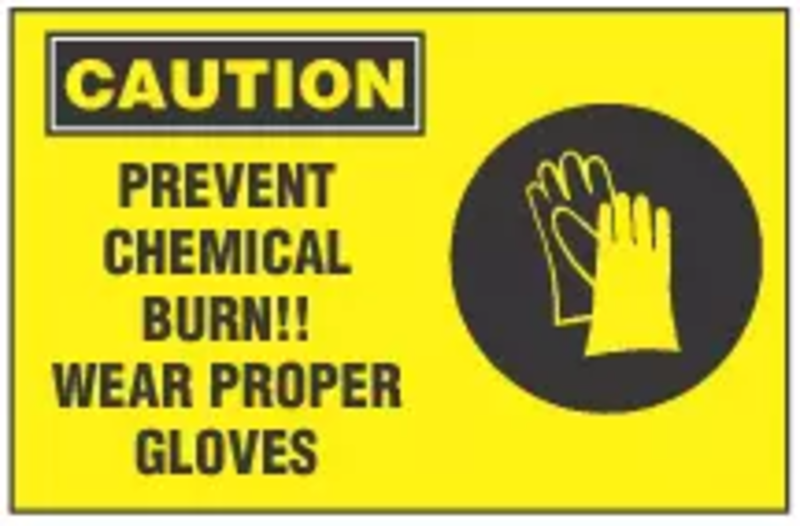Severe Burns in the Workplace

On average there are over 200 deaths and over 5,000 injuries caused by fires, electrical and chemical burns, radiation, scalding water and explosions in the workplace every year. Fires can be caused by accidents at industrial food preparation ovens, overheated and shorted out wiring, from welding mishaps, spills and leaks of sulfuric acid, hydrofluoric acid, strong bases such as sodium hydroxide and ammonia and burns from scalding hot water.
Employers should have trained personnel on site at all times who know how to identify and treat both minor burns and serious burns. The epidermis is the outer layer of the skin. The dermis is the inner layer of the skin. First degree burns affect only the epidermis. Symptoms involve a very red and painful burn. Second degree burns involve the entire epidermis and upper layer of the dermis. Blisters are usually present, the wound is pink, wet in appearance and very painful. A Third degree burn involves all layers of skin being destroyed and the fatty tissue known as the subcutaneous tissue, under the skin. In a fourth degree burns all layers of skin and muscle and bone are affected.
Chemical burns are caused by an employee coming into direct contact with acids or alkaline. These include but are not limited to battery acid, cleaning products, bleach and ammonia. Burns should be treated immediately. This will include removing the chemical or material that caused the burn, running water for up to 20 minutes to thoroughly rinse the skin. Any clothing that may have become contaminated from the chemical should be removed. The burned area should be wrapped loosely with a dry sterile dressing or at the very least a clean cloth. An MSDS (Material Safety Data Sheet) is likely to have specific instructions on how to treat a burn caused by a specific chemical and that can be very helpful to the medic or physician who will also be checking for possible shock or breathing problems. A telephone call to the manufacturer of the chemical agent involved can also be helpful.
The Occupational Health Administration has taken a number of steps to help employees guard against burns in the workplace. OSHA regulation 1910.261 includes a section on steam and hot-water pipes. It states that all exposed steam and hot water pipes with 7 feet of the floor or working platform or within 15 inches measured horizontally from stairways, ramps or fixed ladders shall be covered with an insulating material, or guarded in such manner as to prevent contact. The Lockout:Tagout regulation, 1910.147 which involves the control of hazardous energy, includes energy that either causes heat or is the result of heat.
1910.132, The Personal Protective Equipment Standard, provides for the protective equipment for the eyes, face, head and all extremities. Respiratory devices, protective shields and barriers shall also be provided and maintained to help protect against any possible heat hazard and the possible resultant burns. The standard requires periodic inspections to assure all procedures are being followed.